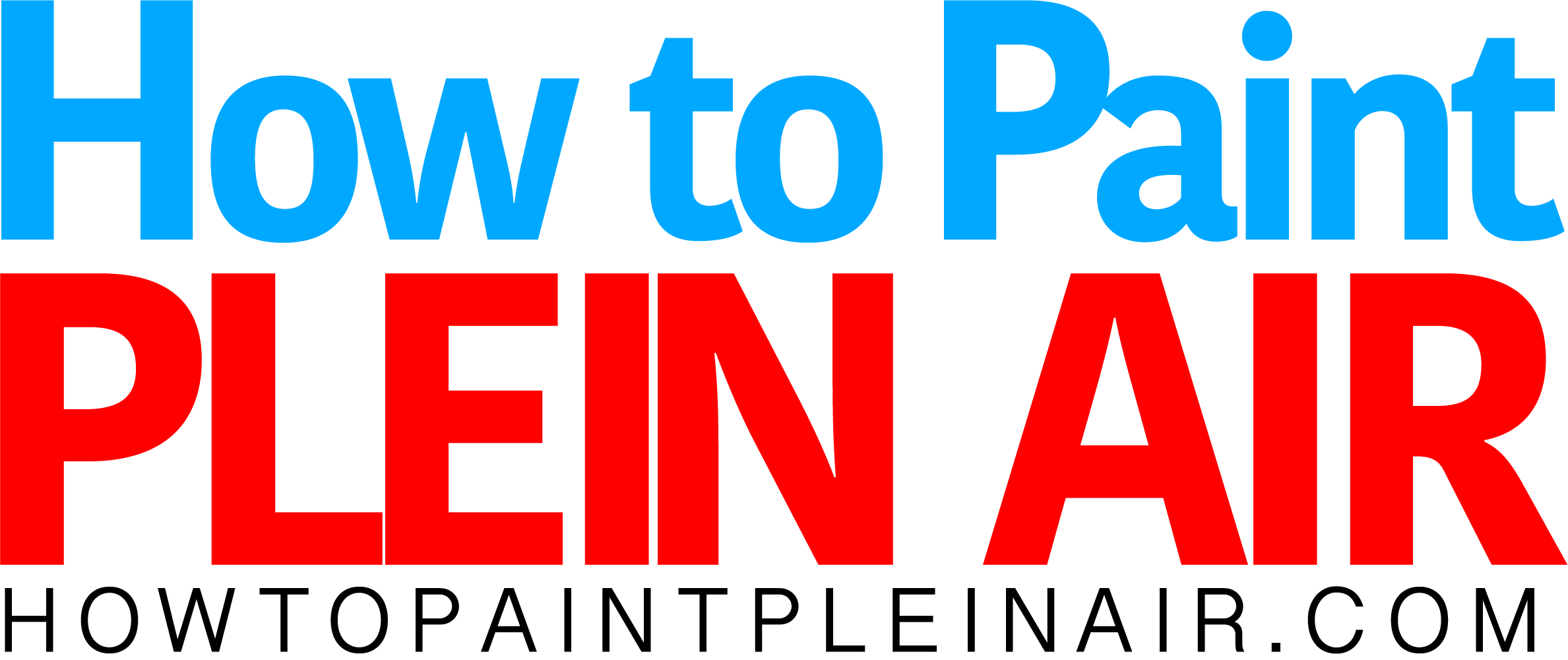Plein Air is Not a Style
Let us put this one to rest, bury it alongside that other notion that you can paint plein air in a studio. The idea that plein air is a style of painting has probably done more damage to the plein air “movement”, if you can call it that, than any other idea. The idea that plein air is a “style” is easy to debunk. If you are an artist and you say that you paint in the “plein air style”, or you allow anyone else to describe your work that way, then you are inferring that you paint in the style of Vincent Van Gogh or John Singer Sargent, to name just two famous artists who painted plein air. Of course, as any honest artist knows, style emerges from your experience, experience which may or may not include training but certainly includes hundreds of hours of work. Though we may try hard to emulate some of their technique, who these days is trying to paint plein air in the style of Van Gogh or Sargent? Who is even able?
Usually when people say plein air is a style it exposes the underlying, vague idea that you paint like the early California impressionists for the most part. But “paint like” them is wrong. The mistaken notion, in the minds of artists and patrons alike, is that these California impressionists painted in a certain way. Of course they did not. Nor did they all paint the same subjects. There are many paintings from those early days that show eucalyptus, California hills, and Pacific Ocean coast lines, for example. None of these are styles; they are subjects.
If you were to look at every early California impressionist painting, if you were to gorge yourself on the collections at the Irvine, the DeYoung, and the Crocker, or walked the smartest galleries of Carmel or Laguna, California, you would come away with an overall impression of subject and color. That impression, when scrutinized painting by painting, would fall apart under the gaze of objectivity. There is no “style”. There are many ways, many techniques, and hundreds of subjects. About the only thing you can say about historical plein air, as regards style, is that plein air is generally not abstract.
About the only thing you can say about historical plein air, as regards style, is that plein air is generally not abstract.
But even then you are wrong, for the very best plein air is realistic at a distance and abstract close up. The best plein air artists of today see this as an ideal. The loose abstraction of realism. Or, realistic abstraction. Doesn’t matter, it’s not a style; it’s an ideal or a goal.
Some financially-successful artists have taken this general impression about the early California impressionists and extended what those artists began to a logical conclusion and they are, in every sense of the word, better than those early artists except…except, they are not those pioneers. In this sense, they have taken plein air to the level of style but only in that very narrow sense. This is done by resorting to the studio to finish most of the work, thereby disqualifying some pieces from the hard earned description of “plein air”. This, of course, does not diminish the great beauty of their studio work. Ironically, when these contemporary masters do go back out into the outdoors, often at plein air competitions, they manage to teach the rest of us how to paint plein air.








